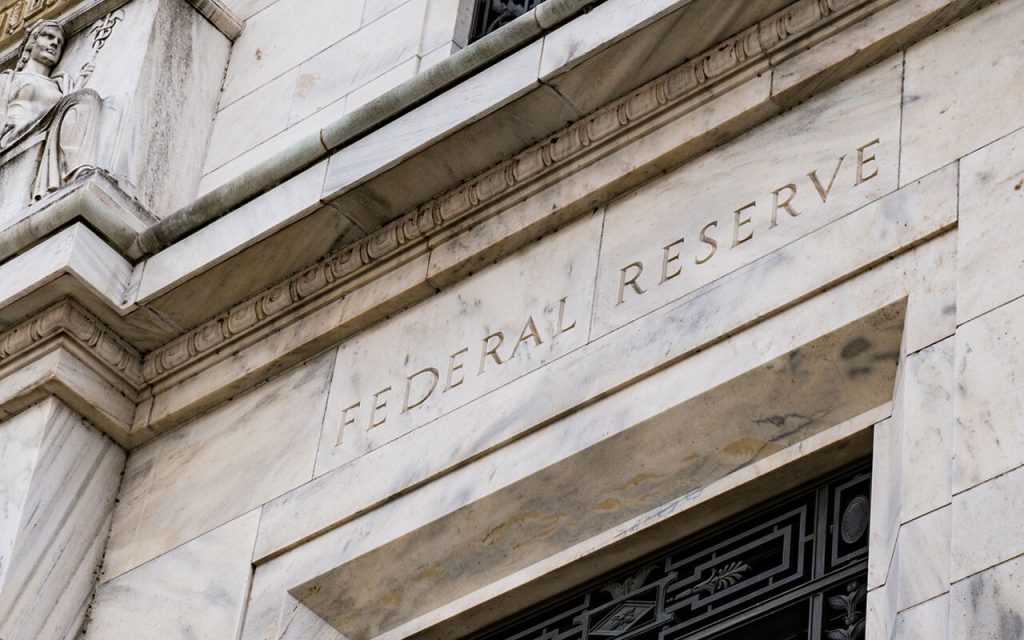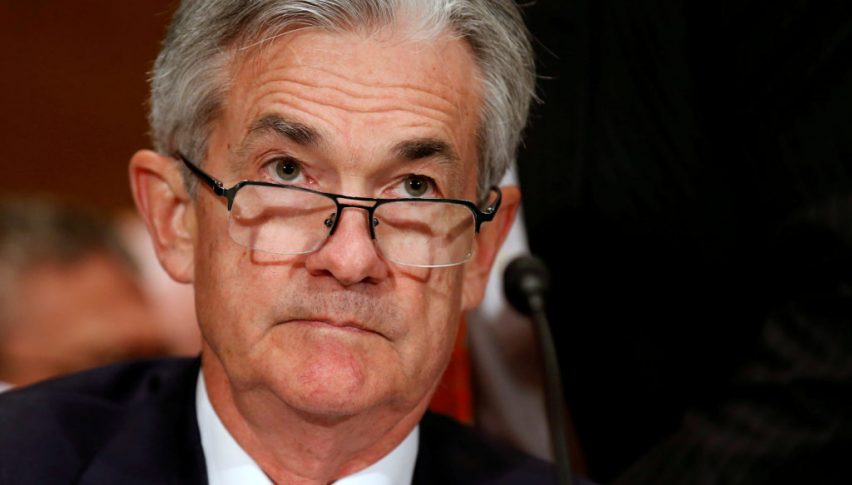Wall Street Expects Fed to Hold Rates Until September
As long as the labor market remains solid, investors should expect the FOMC to stay on hold and rely on hawkish rhetoric.

Quick overview
- The U.S. Federal Reserve is expected to maintain interest rates between 4.25% and 4.50% until at least September due to inflation concerns linked to Donald Trump's tariff policies.
- A recent Reuters poll indicates that 55% of Wall Street economists anticipate the Fed will begin rate cuts in the next quarter, while 42% predict the first cut will not occur until late 2025 or later.
- Unresolved international trade negotiations and rising U.S. debt levels are contributing to a cautious economic outlook among analysts.
- Despite the uncertainty, the labor market remains stable, leading the Fed to adopt a wait-and-see approach rather than rushing to change monetary policy.
The U.S. monetary authority is concerned that inflation could flare up again due to Donald Trump’s tariff war.

The U.S. Federal Reserve (Fed) is expected to keep interest rates unchanged until at least September, amid concerns that inflation could reaccelerate as a result of former President Donald Trump’s tariff policies, which triggered a global trade war during his time in office. That’s the view from Wall Street experts, according to a recent industry survey.
A Reuters poll conducted between June 5 and 10 among 105 Wall Street economists found that, on average, they expect the Fed’s Federal Open Market Committee (FOMC) to hold the federal funds rate within the current target range of 4.25% to 4.50% in the near term.
According to the survey, 55% of respondents believe the Fed will resume rate cuts in the next quarter—likely in September—aligning with current interest rate futures pricing.
Meanwhile, 42% of economists forecast that the first rate cut will come in the fourth quarter of 2025 or later, and the remaining respondents believe there will be no rate cuts this year at all.
Fed Rates in a Challenging Context
To better understand these expectations, it’s important to consider that most international trade negotiations remain unresolved, as the July 9 deadline approaches for the expiration of Trump’s 90-day tariff truce. This uncertainty is leading analysts to take a cautious stance in their economic forecasts.
At the same time, concerns are mounting over U.S. debt levels, which are approaching $40 trillion. This is being driven in part by a tax cut and fiscal expansion bill that has so far only passed in the House of Representatives, and by a growing issuance of government bonds.
Recent data also show no significant deterioration in the labor market, suggesting the Fed is in no rush to ease monetary policy.
As long as the labor market remains solid, investors should expect the FOMC to stay on hold and rely on hawkish rhetoric to maintain its credibility in the fight against inflation. If there’s no cost to waiting, why signal otherwise?
Right now, the so-called ‘gray area’ seems truly murky. The Committee is navigating significant uncertainty.
According to the Reuters poll, experts remain unsure where rates will stand by the end of 2025, but 80% predict they’ll settle between 3.75% and 4.00%. By contrast, Trump himself called on Friday for rates to fall within the 3.25% to 3.50% range.
- Check out our free forex signals
- Follow the top economic events on FX Leaders economic calendar
- Trade better, discover more Forex Trading Strategies
- Open a FREE Trading Account
